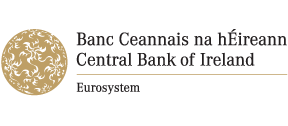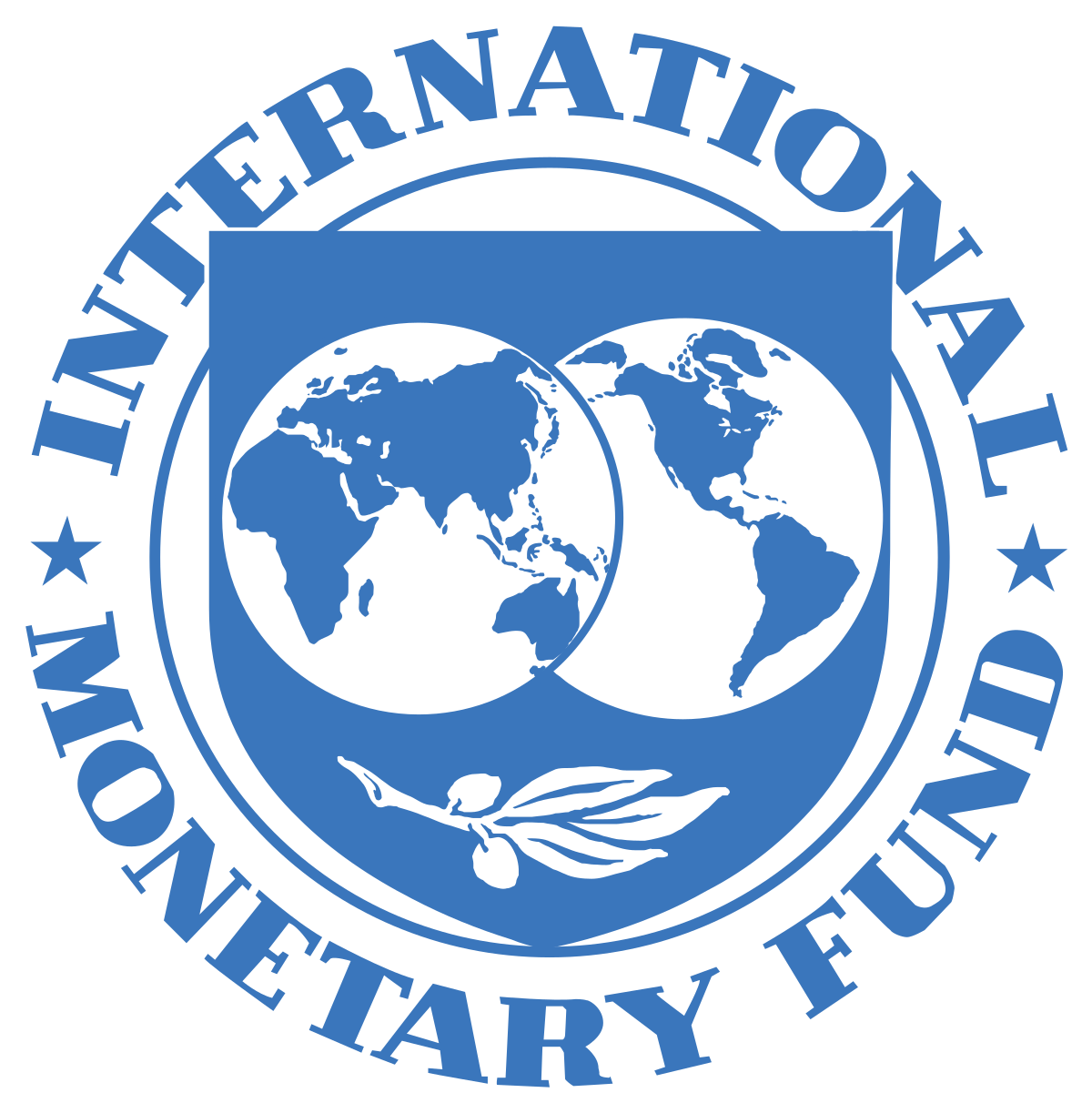Concentration among authorised participants and the critical role they play in the European ETF market has drawn concerns from regulators and major industry bodies over the years, however, this is an area the ETF industry has always been quick to defend and so far, the wrapper has passed every stress test with flying colours.
The latest to highlight the potential risks associated with APs is the International Monetary Fund (IMF) in its financial assessment of Ireland – domicile to 60% of ETFs in Europe by assets under management (AUM) –which warnedthe way APs and market makers behave during periods of market stress “requires close monitoring”.
In particular, the international policymaker highlighted a particular set of risks to ETFs which includes the creation-redemption process, an activity solely handled by a concentrated number of APs.
The IMF pointed to work from the Central Bank of Ireland (CBI) which identified concentration risk among liquidity providers across Europe with 90% of activity for certain BlackRock ETFs handled by just two APs.
Concluding, the IMF recommended to the CBI: “The relevant CBI supervision teams should engage with ETF providers to ensure their arrangements with APs and MMs are robust and promote the smooth functioning of the sector, including in times of market stress.
“There should also be closer cooperation between supervisors of investment funds and the colleagues supervising APs and market makers.”
APs play a critical role in ETF liquidity through thecreation-redemption processwhich maintains tight bid-ask spreads and ensures ETFs trade as efficiently as possible.
Without APs and the arbitrage they perform to keep the ETF price in line with the underlying net asset value (NAV), ETFs would effectively trade like close-ended funds.
During periods of market stress, regulators have expressed concern APs and market makers will simply step away from providing liquidity as they have no legal obligation to operate in the primary or secondary market, respectively.
The first true stress test for ETFs came in March 2020 when fixed income ETFs started trading at all-time high discounts to NAV. However, industry bodies such as the International Organisation of Securities Commissions (IOSCO) were quick to highlight this simply showed the price discovery role ETFs played during this period when much of the underlying bond market was illiquid.
“Although there was no evidence of market makers stepping away from the market during the COVID-19 market stress period, this remains an area that requires close monitoring,” the IMF said.
The European ETF market is currently dominated by two APs – Flow Traders and Jane Street – which calls into question potential concentration risks.
As Daniel Izzo, CEO of market maker GHCO, told ETF Streamearlier this year: “There are only two meaningful participants at the moment. The barriers to entry in our business are unbelievably high.”
From a financial stability perspective, the dominance of two players will continue to the ring alarm bells of regulators, however, ETF issuers in Europe are making steps to diversify their use of APs.
BlackRock, for example, has 26 APs covering its ETF range in Europe while research from the Financial Conduct Authority (FCA) in 2021 found the market share of smaller APs rose during more volatile markets, a positive sign for the ecosystem.
As set out in IOSCO’s consultation on its ETF good practices, ETF issuers should “conduct due diligence” on APs when onboarding them to the ETF.
However, challenging the likes of Flow Traders and Jane Street is easier said than done as highlighted by the exits of Bluefin and IMC from European ETF trading in recent years.
“You cannot just break in and compete with the likes of well-established multi-billion dollar enterprises such as Flow Traders and Jane Street without a lot of effort,” Izzo stressed.
The role of APs in the ETF market will continue to be an area of sharp focus for regulators going forward, however, the ETF wrapper is yet to show any issues when market liquidity vanishes, a nod to the robustness of the structure.
Related articles








